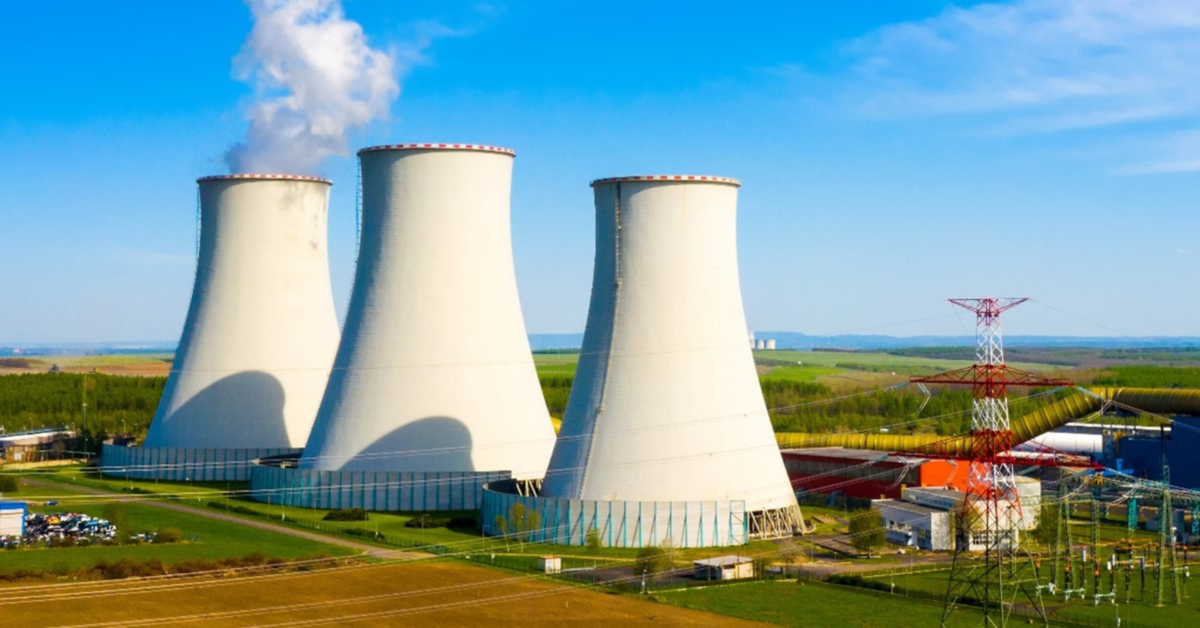Hydrogen is being widely discussed as a key solution towards reaching the goals of the Paris Agreement — through its use in the decarbonization of industrial processes and transportation, as well as its potential in renewable energy storage. But these discussions need to be put into perspective as not all hydrogen is equal and it does not make economic sense to deploy hydrogen in all possible applications.
According to the International Energy Agency (IEA), global hydrogen production in 2020 amounted to 90 million tons — of which less than 0.1% could be considered “green.” In contrast, current production levels of hydrogen generate the equivalent of 900 million tons CO2e emissions per year. Nonetheless, the IEA expects the demand for hydrogen to grow sixfold by 2050, nearly all of it from low carbon sources. According to the Hydrogen Council, a hydrogen industry association, USD 300 billion is expected to be deployed through public and private sources over the next decade.
Clearly, the environmental and economic implications of hydrogen are significant. This policy brief provides an overview of hydrogen: its production methods, different classifications, key uses, economic viability, and recent policy support.



